The lengths of 62 levels of a plant are measured in millimetres and the data is represented in the following table
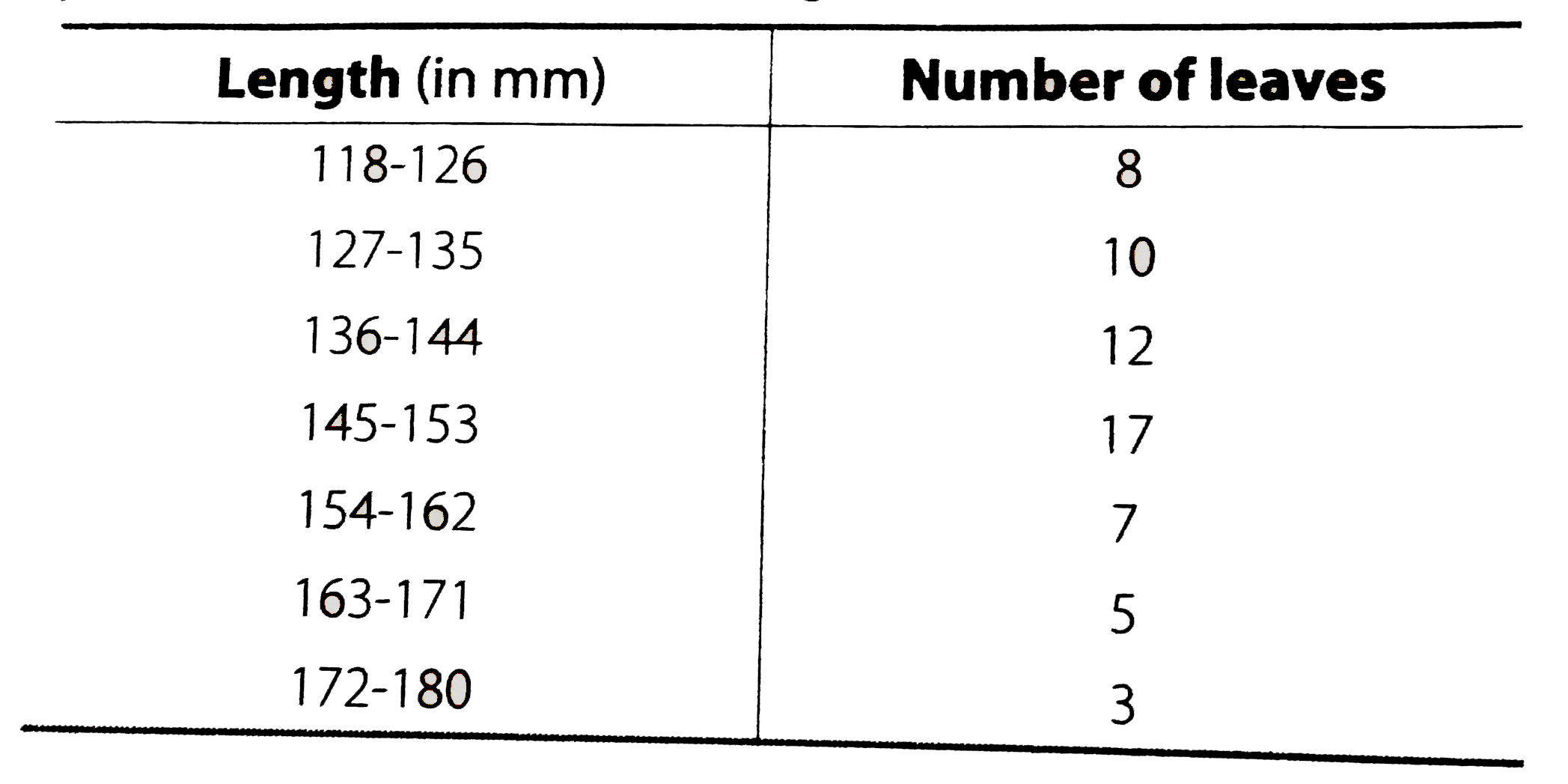
Draw a histrogram to represent the data above.
The given frequency distribution is in inclusive form. So, first we convert it into exclusive form.
Now, adjusting factor =127−1262=12=0.5
So, we subtract 0.5 from each lower limit and add 0.5 to each upper limit.
the table for continuous grouped frequency distribution is given below.
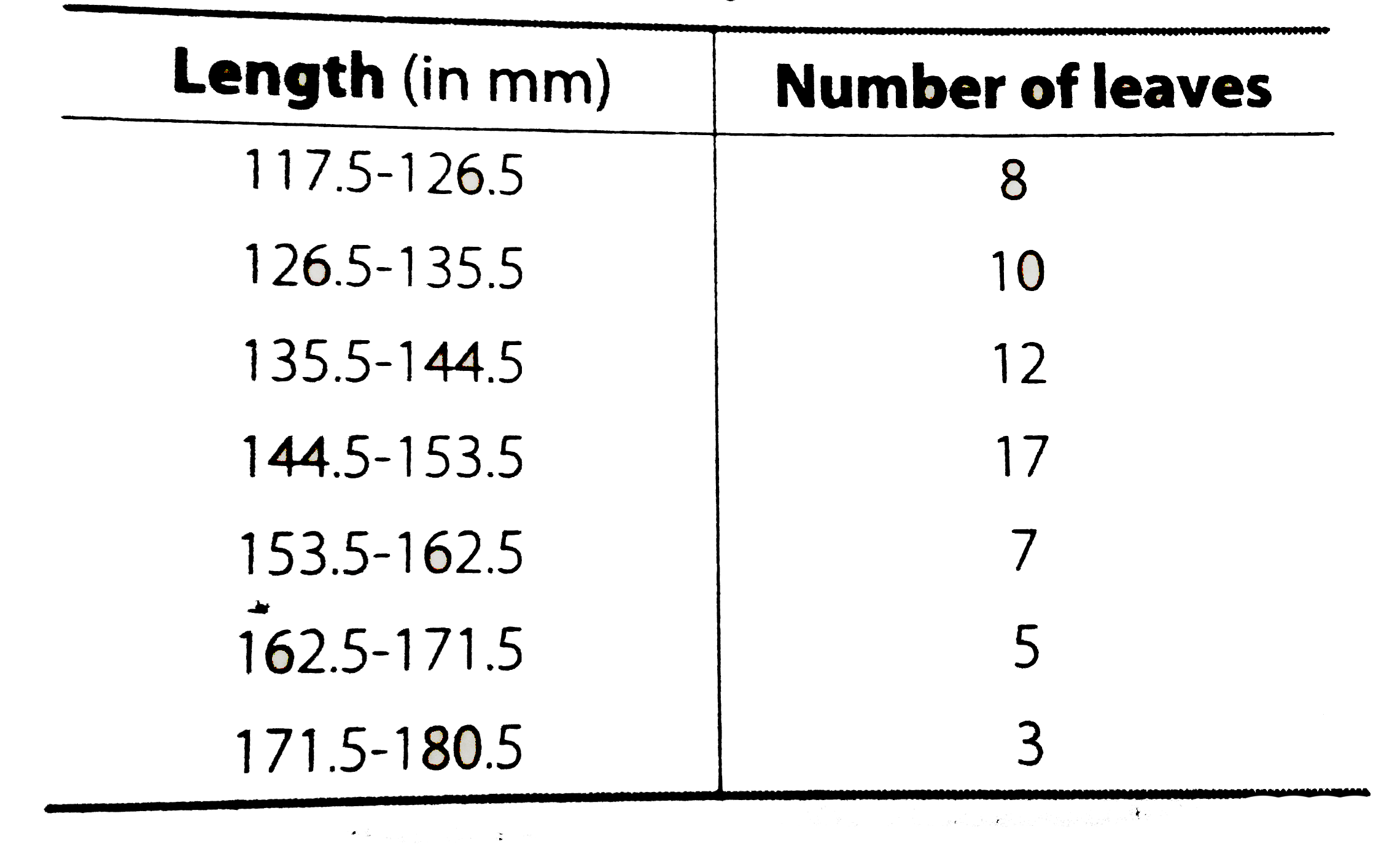
Thus, the given data becomes in exclusive form.
Along the horizontal axis, we represent the class intervals of length on some suitable scale.
The corresponding frequencies of number of leaves are represented along the Y-axis on a suitable scale.
Since, the given in intervals start with 117.5.126.5. It means that, there is some break 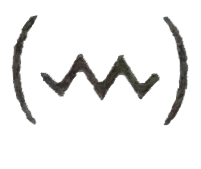 indicated near the origin to signify the graph is drawn with a scale beginning at 117.5.
indicated near the origin to signify the graph is drawn with a scale beginning at 117.5.
A histrogram of the given distribution is given below.
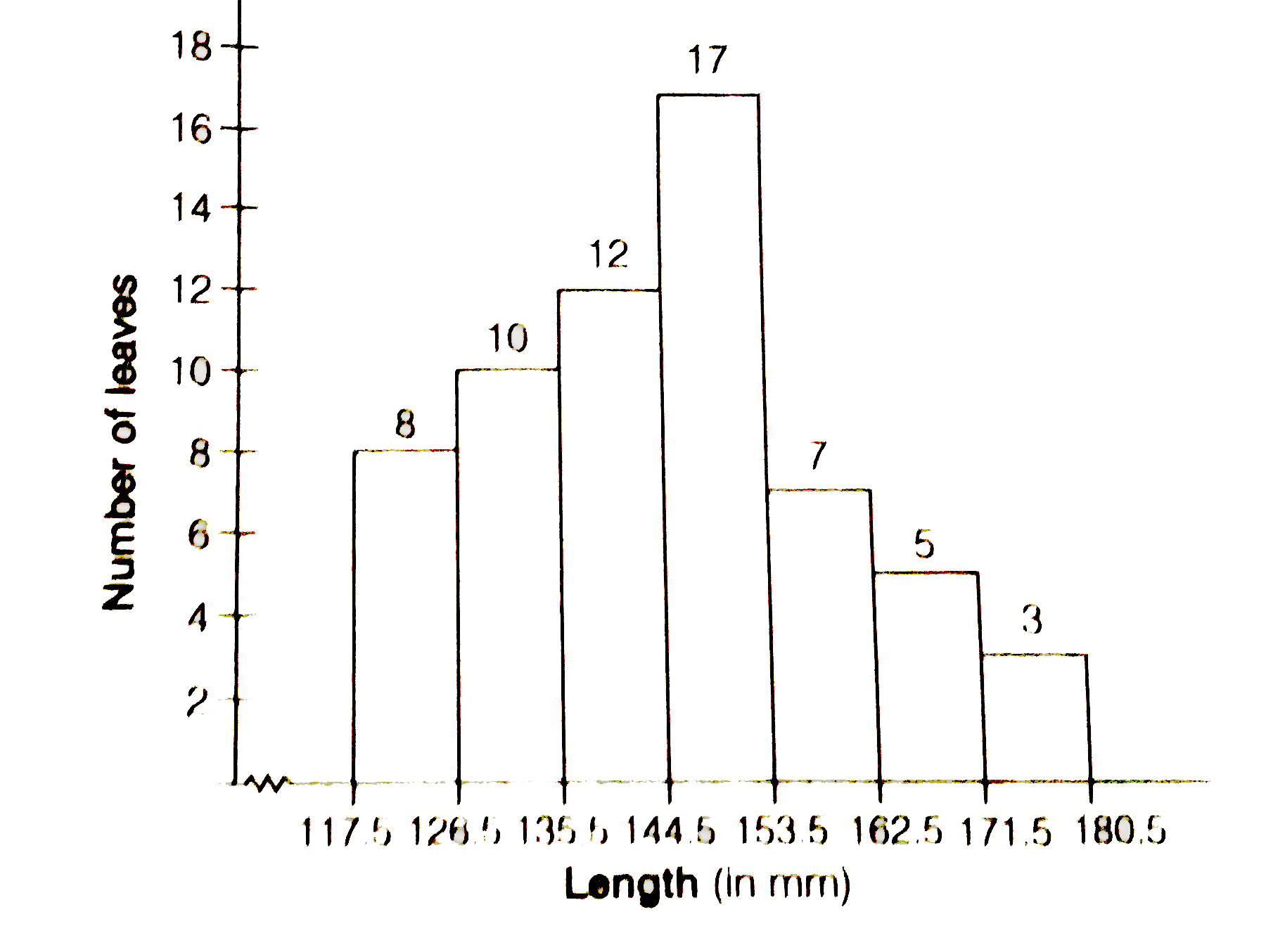
Topper's Solved these Questions
- STATISTICS AND PROBABILITYBOOK - NCERT EXEMPLAR ENGLISHCHAPTER - STATISTICS AND PROBABILITYEXERCISE - SHORT ANSWER TYPE QUESTIONS
20 Videos
- QUADRILATERALS BOOK - NCERT EXEMPLAR ENGLISHCHAPTER - QUADRILATERALS EXERCISE - LONG ANSWER TYPE QUESTIONS
18 Videos
- TRIANGLESBOOK - NCERT EXEMPLAR ENGLISHCHAPTER - TRIANGLESEXERCISE - LONG ANSWER TYPE QUESTIONS
21 Videos
Similar Questions
The length of 40 leaves of a plant are measured correct to one millimetre, and the obtained data is represented in the following table:
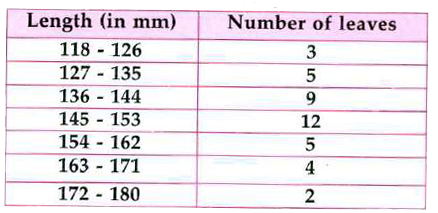
Draw a histogram to represent the given data. [Hint: First make the class intervals continuous]
View SolutionThe length of 40 leaves of a plant are measured correct to one millimetre, and the obtained data is represented in the following table: (i) Draw a histogram to represent the given data.(ii) Is there any other suitable graphical representation for the same data?(iii) Is it correct to conclude that the maximum number of leaves are 153 mm long?Why?
View SolutionThe length of 40 leaves of a plant are measured correct to one millimeter, and the obtained data is represented in the following table:
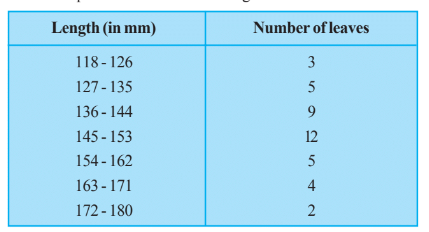
(i) Draw a histogram to represent the given data.
(ii) Is there any other suitable graphical representation for the same data?
(iii) Is it correct to conclude that the maximum number of leaves are 153 mm long?Why?
View SolutionThe length of 40 leaves of a plant measured correct to one millimetre and the obtained data is represented in the following table:

(i) Draw a histogram to represent the given data.
(ii) Is there any other suitable graphical representation for the same data?
(iii) Is it correct to conclude that the maximum number of leaves 153 mm long and why?
View SolutionDraw a histogram to represent the following data.

View SolutionThe length of 40 leaves of a plant are measured correct to nearest millimetres. The data obtained is as follows :

Draw histogram to represent the given data.
View SolutionThe length of 40 leaves of a plant are measured correct to one millimetre, and the obtained data is represented in the following table:
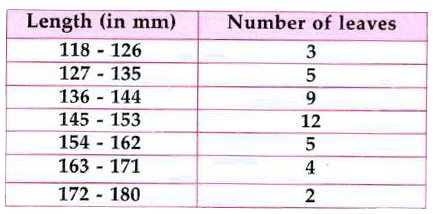
Is there any other suitable graphical representation for the same data?
View SolutionThe length of 40 leaves of a plant are measured correct to one millimetre, and the obtained data is represented in the following table:
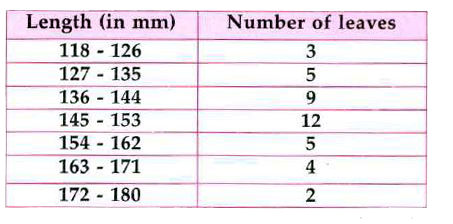
Is it correct to conclude that the maximum number of leaves are 153 mm long? Why?
View SolutionDraw the histogram to represent the following data.

View SolutionDraw a pictograph to represent the data given below :

View Solution
